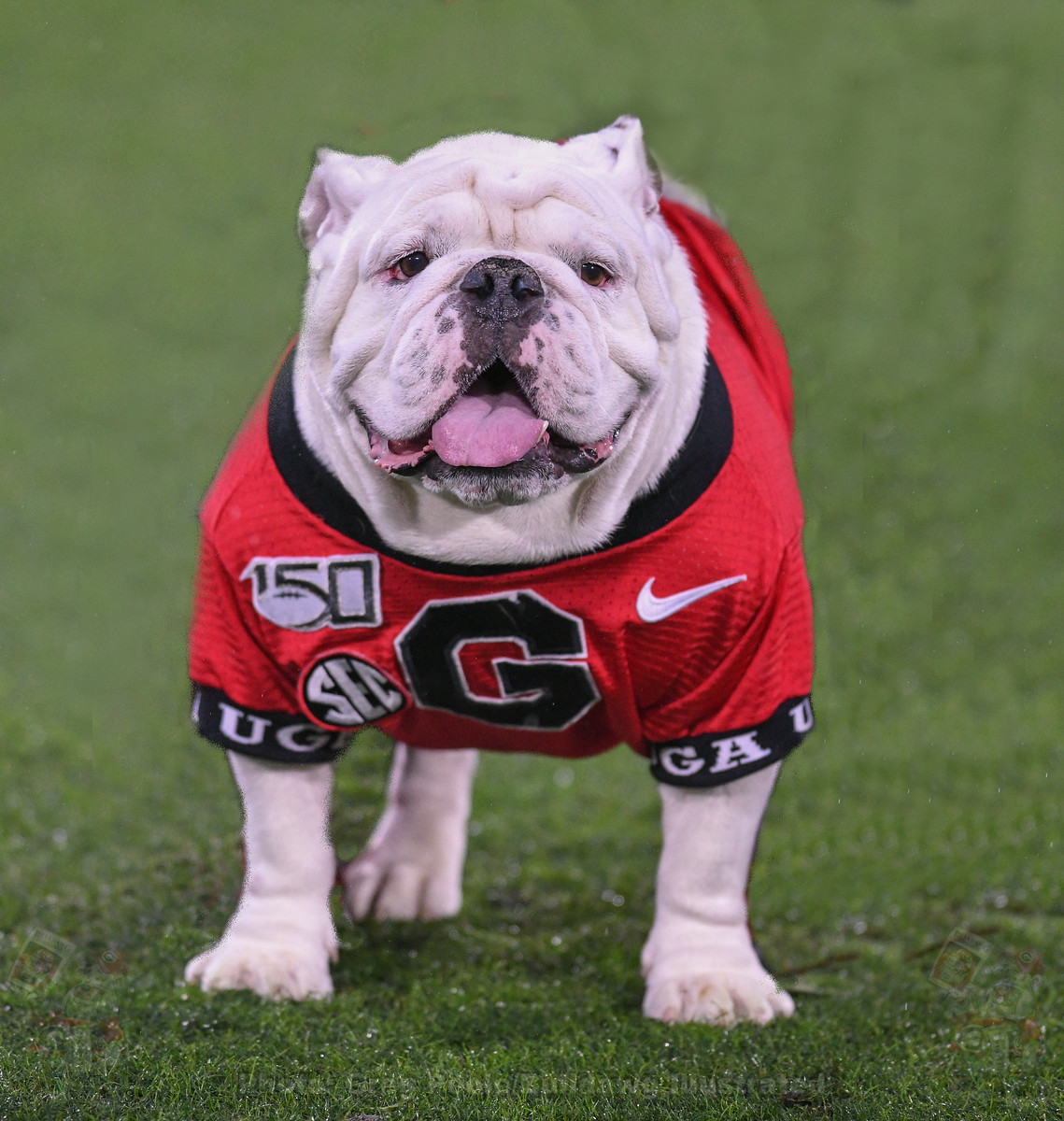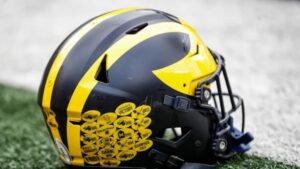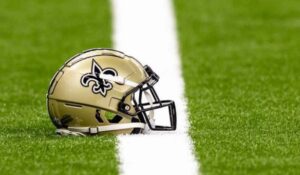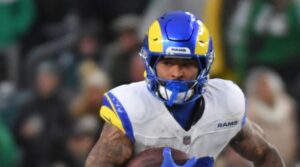
In the late 1950s, when my association with the University of Georgia began, Uga had already established itself as one of the prominent figures on the campus of the oldest chartered university in the country.
The patriarch of the Uga lineage possessed a remarkable combination of qualities. Not only was he remarkably handsome for a bulldog, but his charm extended beyond just dog lovers. His caretakers, Cecelia and Sonny Seiler, provided him with the best of tender loving care. Additionally, he enjoyed the fortunate circumstance of being promoted by the legendary, colorful, and multifaceted Dan Magill.
A dynasty was established, evolving into what we now recognize as college football’s top mascot.
Network promos for college football often feature Uga as an integral part of the gameday experience. Uga has become a beloved figure, with both young and older fans expressing a desire to interact with him. The sight of Uga, the all-white, male English Bulldog, has become a cool and iconic element of the college football scene.
I consider myself fortunate to have known every Uga, from “Hood’s Old Dan” to “Boom.” I’ve had the privilege of being with the Seilers as Uga was prepared for a Saturday game. Additionally, I’ve shared fishing experiences on Sonny’s boat, “Silver Britches,” where we enjoyed a successful catch of a “nice mess of fish.”
I then witnessed Sonny, a skilled fisherman, expertly cleaning those gorgeous rainbow trout and bass at his backyard sink on Dutch Island for Cecelia, the matriarch of the Seiler family. She was every bit as much a culinary icon as Sonny was a fishing expert.
Whether fried or sautéed, dining on fish at Cecelia’s table left you anticipating an encore. She had the magic touch – the right seasoning, the perfect pinch of this, the resonating dash of that.
The tradition of managing and caring for the Ugas has been a longstanding one for the Seiler family. Charles, the Seilers’ only son, and his wife, Wendy, are now continuing this legacy, following in the footsteps of Sonny and Cecelia.
Over the years, there has been a passing of the torch when a new Uga is crowned between the hedges. Uga X, affectionately known as “Que,” retired after the 2022 season, holding the title of the winningest mascot in the Uga dynasty and Georgia tradition. A true Damn Good Dawg!
With Que’s time concluded, his remains will find a resting place in the Uga cemetery at Sanford Stadium’s west end, alongside his predecessors. The Seiler family will continue the tradition of placing flowers in memoriam every home game Saturday before the Bulldogs take the field.
Boom, the 11th solid white English Bulldog to carry on the UGA/Uga tradition as Georgia’s mascot, officially assumed the role in ceremonies preceding the G-Day game last spring.
The athletic success of a community can have a profound impact, particularly with recent football victories resonating strongly. Other sports are eager to join the parade, emphasizing that visitors form lasting impressions that turn them into enthusiastic advocates when they return to their hometowns.
Fans of other colleges, familiar with Georgia through television and print media, are intrigued by the hedges, but what truly captivates them is the fact that the mascots are interred inside the Stadium.
During campus tours for visitors, I ensure they visit key landmarks such as the “Son of the Tree that Owns Itself,” the President’s home on Prince Avenue, the Chapel Bell, Herty Field, and the Uga Cemetery. The cemetery, in particular, becomes a focal point for photo opportunities, with visitors taking their time to capture memories at this significant landmark. Afterward, they often head over to the hedges for more exploration.
The Red Sox consistently generate significant revenue through tours of Fenway Park, amounting to a million dollars or more annually.
Considering the popularity of such stadium tours, if the University of Georgia were to offer tours of Sanford Stadium, it could potentially become a lucrative venture. Imagining Boom being present for photo opportunities and hosting press conferences would undoubtedly elevate the experience.
While the logistical feasibility of such an arrangement might be challenging, the key point is that the Ugas naturally excel as ambassadors just by being themselves. With their All-American caretakers providing them with the utmost care, friends and admirers across the landscape are treated to countless opportunities for selfies, further solidifying the Ugas’ status as exceptional representatives.








